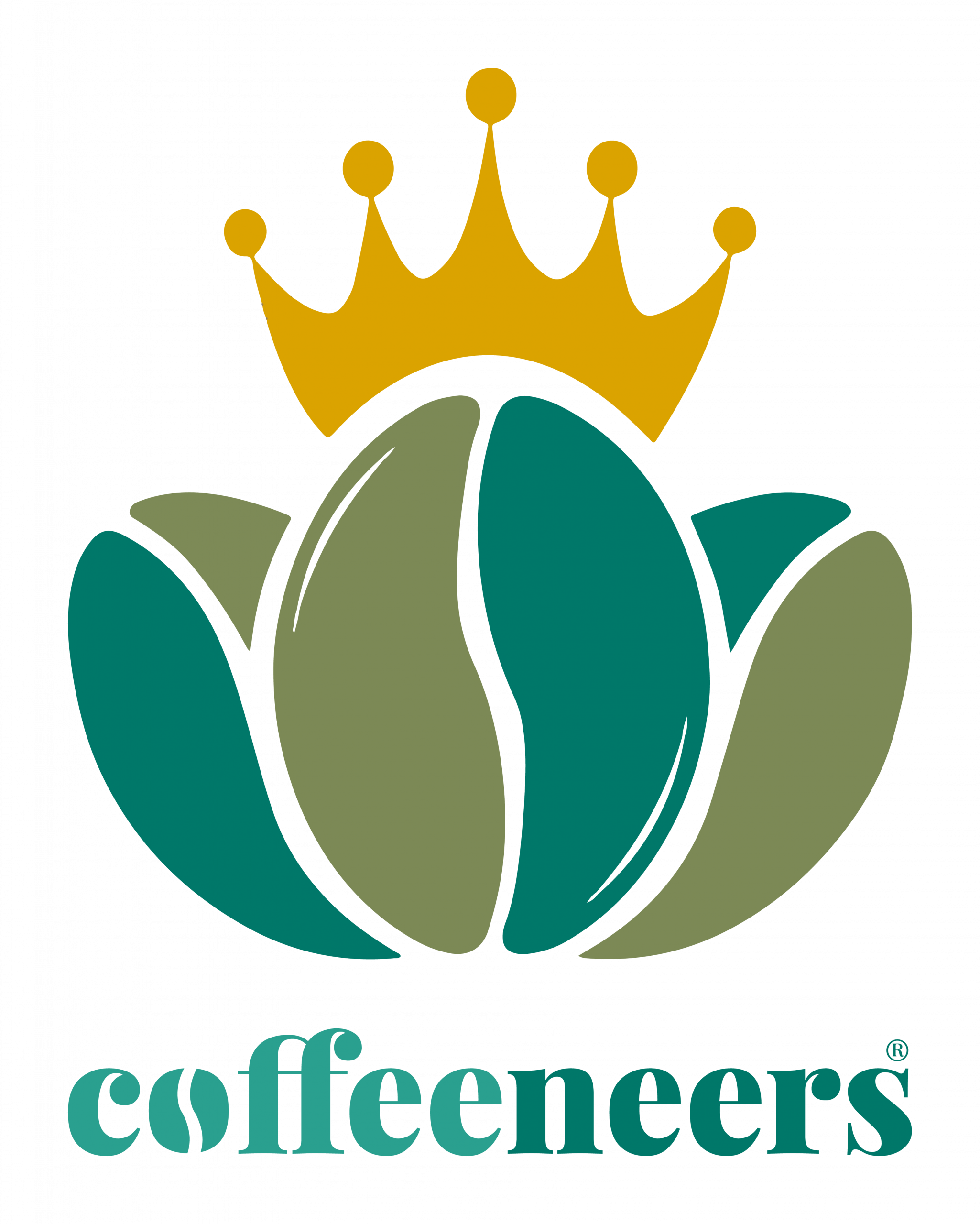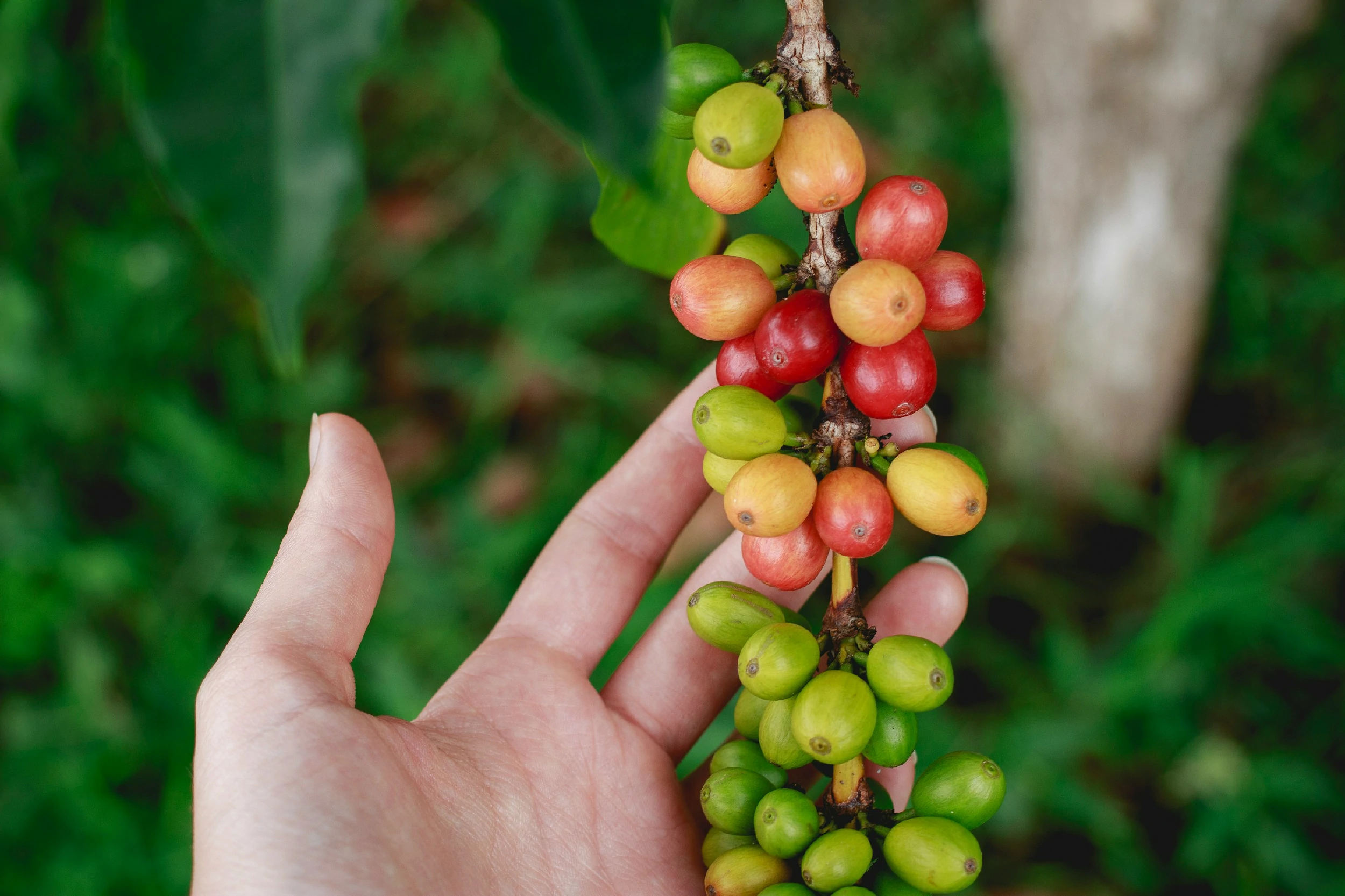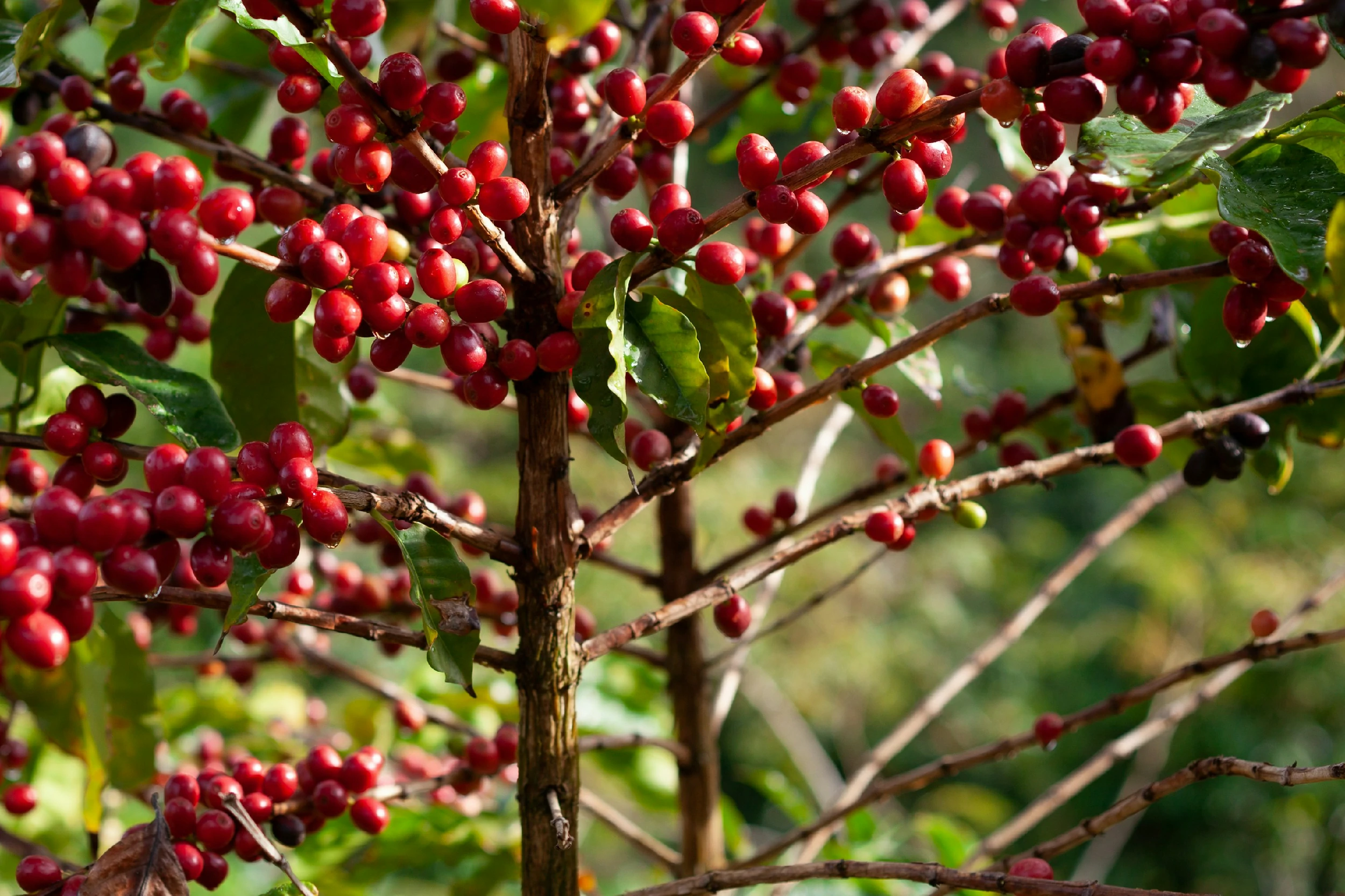Shop Indonesia Coffee
- Sumatera Coffee
- Javanese Green Coffee
- Sulawesian Green Coffee
More from Coffeeneers
- About Us
- Sustainability
- Blog
- Terms of Service
- Privacy
- Sales & Refund
Coffeeneers® is a registered trademark and trading name of Alsagaff Group Ltd.







